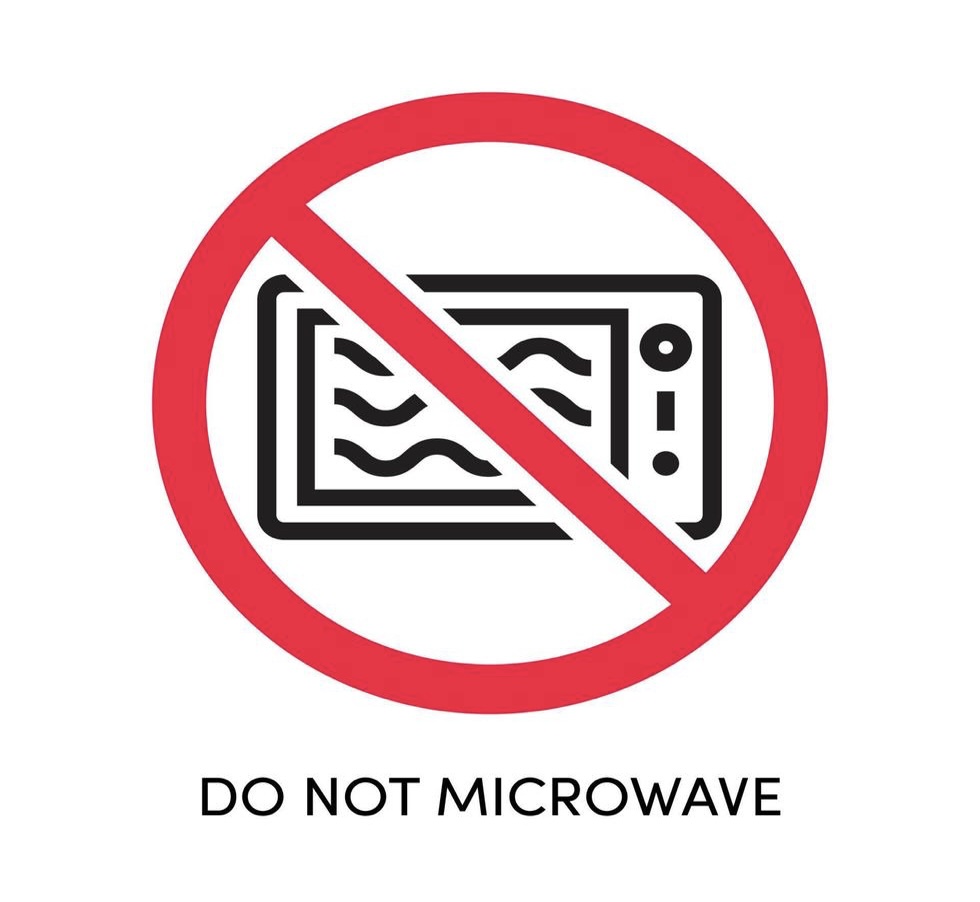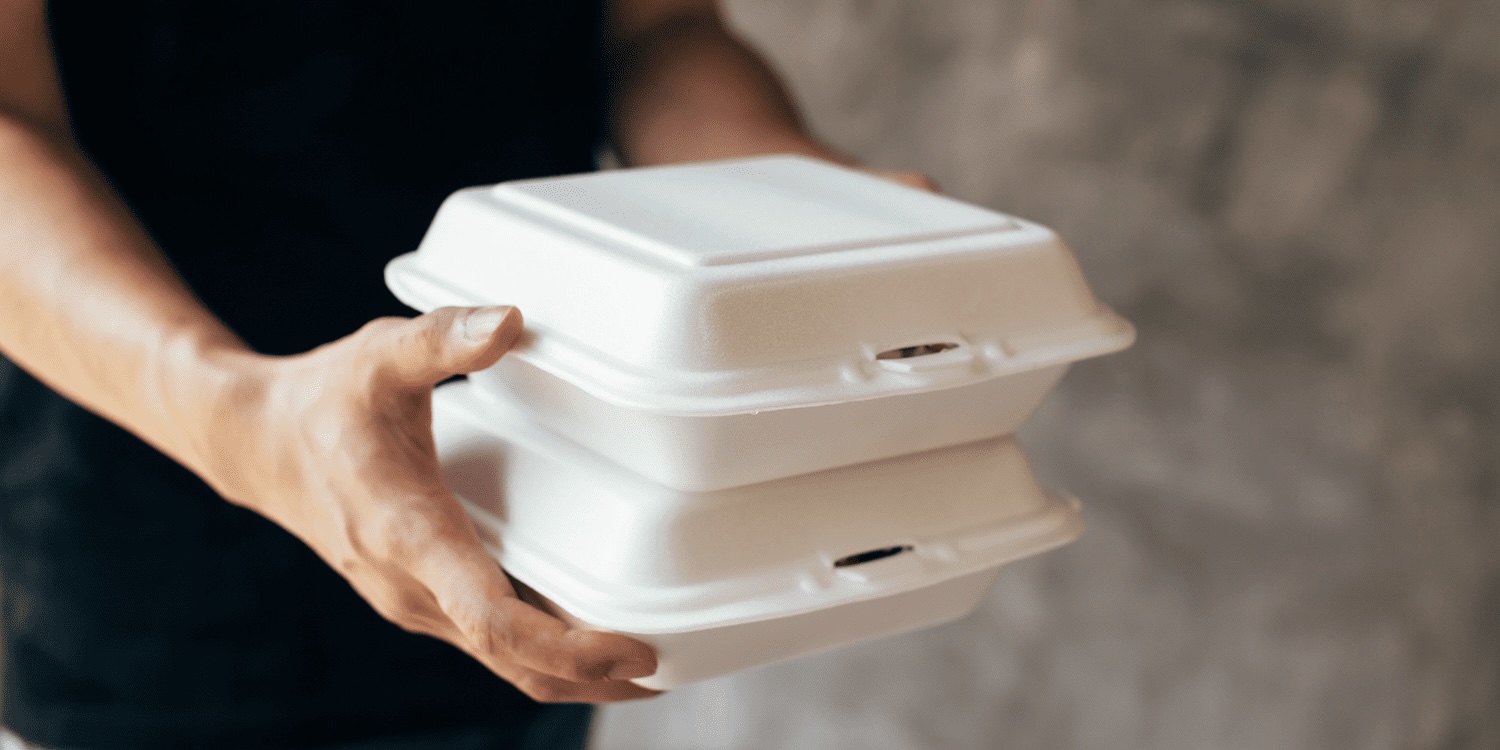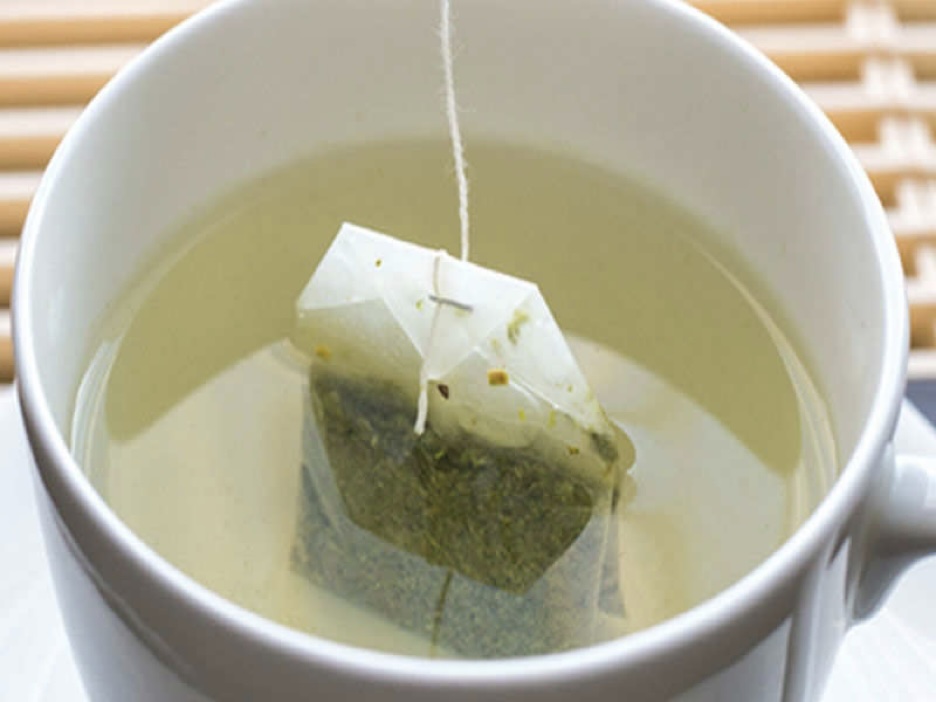Microwave Safety—A Few Things You Might Not Know
Talk about a coincidence! I just shattered a glass in my microwave yesterday and today I get my weekly newsletter from ONE GOOD THING BY JILLEE (www.onegoodthingbyjillee.com), talking about this and other microwave accidents.

In case you too, have broken something in your microwave, I thought I’d pass Jillee’s information on. You never know…
Aside from the microwave being a useful and highly convenient appliance, there are certain things you need to be aware of to use one safely. For instance, there’s trying to cook Cup O’ Noodles without adding water. Very bad. (I know, you’re wondering, “Who would do something so dumb?”)
This mostly produces an impressive amount of smoke, along with an aroma of burnt noodles and Styrofoam, which will linger in the kitchen for several days (ask me how our son now knows this).
But not all microwave mishaps are as harmless as a Cup O’ Noodles faux pas. Some can actually produce explosions, leaching chemicals, and unsafe food. Thank goodness these outcomes are entirely avoidable. Here are some things you should NEVER do with your microwave:

DEFROST MEAT. The problem with this? The heat tends to get distributed through the meat unevenly. The edges of your meat are likely to start cooking before the center even begins defrosting, which can lead to bacterial growth and then someone getting sick.
Safer Alternative, according to the USDA: either thaw food overnight in your refrigerator or cook it directly in its frozen state.
COOK EGGS IN THE SHELL. Microwaving anything with a tight skin or shell (like eggs, hot dogs, squash, etc.) can be a risky business. As the moisture inside them heats up, steam builds up. Built-up steam creates pressure, which can build to the point where the food “explodes,” leaving you with a huge mess.
Safer Alternative: Cooking whole eggs in a pot of boiling water, or in your Instant Pot. If you want to heat up peeled hard-boiled eggs in your microwave, be sure to prick them on all sides with a fork to allow steam to escape.
HEAT LEFTOVERS IN CARRY-OUT CONTAINERS. So many plastic products contain chemicals like BPA that leach into food when heated. Enough research now shows these chemicals are toxic and can produce negative health effects.
Safer Alternative: If a container doesn’t state its “microwave-safe,” transfer the food to a microwave-safe container.

USE CERAMIC DISHES. Not all ceramic dishes are microwave safe. Those that are “low fired” retain some of the porous nature of clay, meaning they can soak up moisture. That becomes problematic in a microwave, where that moisture can heat up and cause the ceramic to shatter.
Safe Alternative: If your ceramic dish doesn’t state that it’s “microwave-safe” use a different dish. (You’ll never go wrong with oven-safe Pyrex glass.)
BOIL ULTRA CLEAN WATER. When very clean water (distilled, purified, etc.) is heated in a microwave inside a very clean container, it becomes “superheated.” It’ll show no signs of boiling, but will release its stored heat (ie. explode) when disturbed or moved.
Safer Alternative: To avoid superheating, put a wooden spoon or a wood stir stick in the water. (Or just boil your water in a kettle instead.)
HEAT RAISINS. When making a recipe that calls for softened raisins, don’t just heat them in your microwave. They’ll smoke and can even catch fire.
Safer Alternative: Instead, heat them in a little water in a microwave-safe bowl with a microwave-safe lid. Heat approximately 30-45 seconds. Let them steep for 5 minutes, then drain and use.

HEAT PACKAGED FOOD. The only time you should microwave food that’s still in its original packaging is if the package clearly instructs you to do so. Even then, the packaging should be thrown away after microwaving, because they’re typically only meant to be cooked once.
Safer Alternative: It’s always 100% safe to transfer food to a microwave-safe plate or bowl before cooking.
COOK HOT PEPPERS. Like the eggs mentioned above, peppers can also explode when heated in a microwave. But hot peppers are even riskier to microwave because they contain capsaicin that easily becomes airborne. Not only will you have a hot pepper microwave explosion to clean up, anyone in the area will essentially be pepper sprayed, causing painful eye and nose burning.
Safer Alternative: Stick to using your stovetop, oven, or broiler.
USE DISHES WITH HIDDEN METAL. We know not to put metal in a microwave, but some plates and containers may contain metal in less obvious ways. Metallic paint on dishes can be problematic, and some takeout containers have metal handles, foil linings, or metal staples (tea bags).

Safer Alternative: Stick with the “microwave-safe” designation; it you don’t see it, don’t microwave it. Transfer your food to a safe dish or container.
And Jillee’s last bit of advice: NEVER RUN AN EMPTY MICROWAVE. You wouldn’t do this on purpose, but if it accidentally happens, the microwave’s magnetron could be damaged.
 Alice Osborne
Alice Osborne
Weekly Newsletter Contributor since 2006
Email the author! alice@dvo.com
